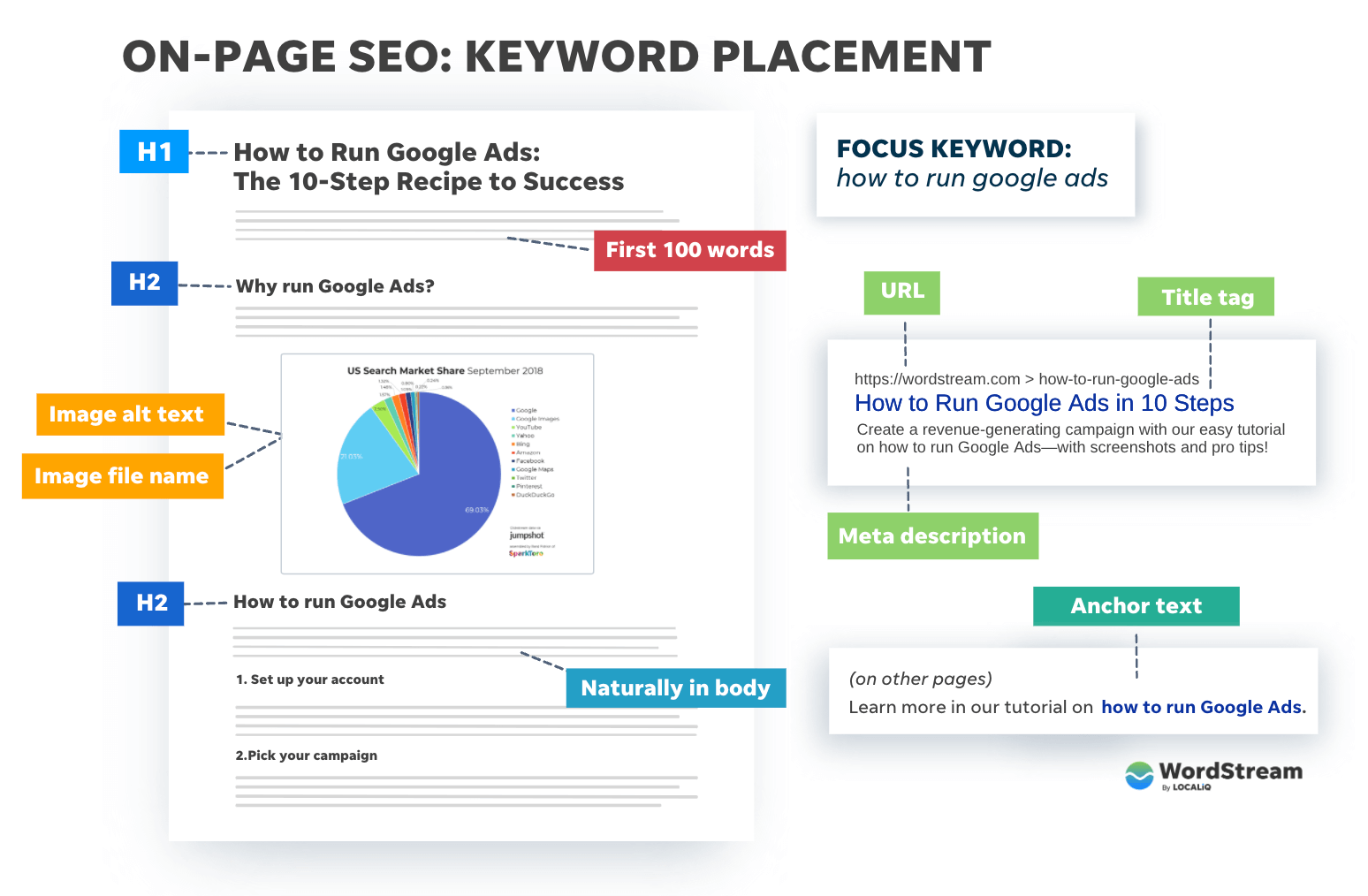Grasping Secondary Dimensions in Google Analytics: Their Value and Reliable Use
Grasping Secondary Dimensions in Google Analytics: Their Value and Reliable Use
Blog Article
Taking Advantage Of the Power of Secondary Dimension in Google Analytics to Improve Your Marketing Method and Drive Outcomes
Leveraging the power of additional measurements within Google Analytics opens up a world of opportunities for online marketers looking for to acquire much deeper insights right into customer actions and tailor their projects with accuracy. The prospective to determine campaign effectiveness with a granular lens further emphasizes the importance of harnessing this device to drive success.
Understanding Secondary Measurements
When analyzing information in Google Analytics, understanding additional measurements is essential for obtaining much deeper insights into user actions and website efficiency. Key dimensions provide basic information such as the variety of customers or sessions, but second dimensions offer an even more comprehensive sight by enabling users to section and analyze information even more. By including a secondary measurement, marketing experts can fine-tune their evaluation and discover valuable patterns that might have otherwise gone undetected.
Secondary dimensions in Google Analytics can be used to different metrics such as traffic resources, customer demographics, and habits circulation. For example, by incorporating the main measurement of 'landing web pages' with the secondary measurement of 'device group,' marketing professionals can identify which tools are driving website traffic to certain touchdown pages. This details can help maximize website style and web content for much better customer experience across different tools
Analyzing Customer Habits Patterns
To effectively comprehend customer behavior patterns, a comprehensive evaluation of data within Google Analytics is essential. By diving right into individual behavior patterns, marketing experts can gain important insights right into just how visitors communicate with their web site, which pages are most appealing, and where prospective bottlenecks or drop-off points may exist in the conversion funnel. Google Analytics offers a range of tools to analyze user behavior, such as behavior flow records, occasion monitoring, and goal funnels.
Habits flow reports offer a visual representation of how customers browse through the site, revealing one of the most typical paths users take as well as where they go down off. Occasion tracking allows marketing professionals to keep an eye on particular interactions on the website, such as switch clicks or video clip sights, giving a much deeper understanding of individual engagement. Goal funnels track the steps customers take in the direction of finishing a details objective, highlighting areas for improvement in the conversion process.
Enhancing Audience Segmentation
Upon analyzing customer actions patterns, marketing professionals can additionally maximize their approaches by improving audience division methods in Google Analytics. Target market segmentation allows for the categorization of website site visitors right into details teams based upon different characteristics such as demographics, habits, and passions. By using Google Analytics' second measurements, marketers can refine these sectors also further to acquire deeper understandings into their target market's preferences and activities.
Enhancing audience division allows marketers to produce even more targeted and personalized advertising and marketing campaigns. By determining distinctive user teams, marketers can tailor their messaging, material, and supplies to better reverberate with each sector's unique attributes and needs. This level of customization can dramatically improve interaction, conversion prices, and overall advertising and marketing efficiency.
Furthermore, through improved audience segmentation, marketing professionals can much better recognize the customer web journey and optimize have a peek at these guys touchpoints along the path to conversion. By examining just how various segments communicate with the web site and advertising networks, marketers can determine chances to boost customer experience, address discomfort points, and ultimately drive more conversions. Overall, refining audience segmentation in Google Analytics is a powerful strategy for maximizing marketing effectiveness and driving sustainable business growth.
Tailoring Marketing Campaigns
Marketing professionals can enhance their advertising and marketing campaigns by customizing web content and messaging to match the one-of-a-kind features and requirements of specific target market segments. By leveraging insights from second dimensions in Google Analytics, online marketers can obtain a deeper understanding of their target market's behavior, preferences, and demographics.
Via the analysis of additional measurements such as web traffic resources, devices utilized, or geographical location, marketing experts can fine-tune their messaging to be a lot more relevant and impactful. For instance, an e-commerce business may find via Google Analytics that visitors from social networks channels have a higher conversion price than those from natural search. Equipped with this expertise, the business can readjust its advertising approach to focus much more on social media sites platforms to drive far better results. By customizing advertising and marketing projects based upon insights from secondary measurements, companies can maximize the efficiency of their initiatives and eventually drive much better ROI.
Measuring Project Performance

One vital facet of measuring campaign effectiveness is tracking conversions. By setting up goals in Google Analytics, services can keep an eye on details activities taken by customers as a result of the campaign, such as signing or making a purchase up for a newsletter. Understanding the conversion rate and the conversion path can offer useful understandings right into the efficiency of various advertising and check my source marketing networks and messages.
Furthermore, evaluating metrics such as click-through rates, bounce rates, and session duration can assist marketers assess user interaction and the effect of the project on web site traffic. By incorporating primary metrics with second measurements in Google Analytics, organizations can improve their marketing techniques, maximize campaign performance, and drive far better outcomes.
Conclusion
Finally, utilizing the power of additional measurements in Google Analytics can offer valuable insights right into customer habits patterns, boost audience segmentation, dressmaker marketing projects, and procedure project performance. By using this function successfully, services can refine their advertising and marketing techniques and drive better results. It is vital for marketers to take advantage of the information readily available via second dimensions to make informed choices and optimize their projects for maximum effect.

Report this page